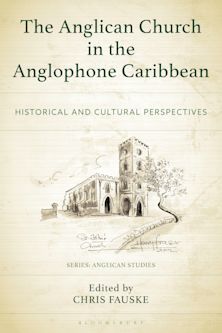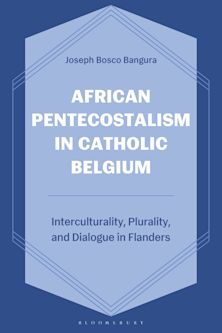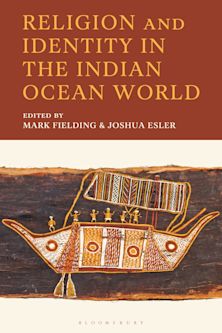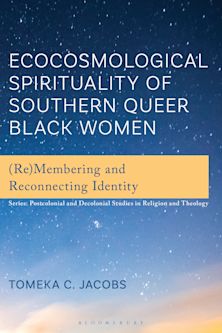- Home
- ACADEMIC
- Religious Studies
- Religious Studies - Other
- Comparative Midrash
This product is usually dispatched within 3 days
- Delivery and returns info
-
Free US delivery on orders $35 or over
You must sign in to add this item to your wishlist. Please sign in or create an account
Description
The documentary hypothesis of the Rabbinic canon of late antiquity maintains that complete documents form the smallest whole building blocks of the Rabbinic system. These two volumes undertake a concrete exercise in the realization of the documentary hypothesis. It compares the rhetorical/formal and exegetical traits of two entire, kindred documents. Then, through a side by side chart, it compares each component of the two documents' treatment of the same extended segment of Scripture, Numbers 19. Whole documents are to be described and analyzed through a process of systematic description, comparison, and contrast. What makes the study fresh is that the author compares the two documents of the rabbinic canon that are most alike-the two Sifrés on Numbers. What makes it surprising is the result: they have nothing in common. Each is autonomous, and except for the scriptural foundation systematically shared by both, neither intersects in an appreciable measure with the other.
Volume One (Chapters One and Two) deals with forms. In Chapter One, the author surveys the forms of Sifré to Numbers and identifies and classifies the formal patterns that govern throughout. Then, with the formal and propositional program of Sifré to Numbers as a base, in Chapter Two he does the same with Sifré Zutta to Numbers.
Volume Two (Chapters Three through Five) deals with exegesis and systematic comparison of whole segments of documents. Chapters Three and Four describe and compare the exegetical patterns of the base-documents, with special reference to the utilization of the verses of Scripture as foci of coherent discourse. In Chapter Five, the author compares the treatment of Huqqat, that is, a single passage of Scripture read by the two commentaries respectively.
Table of Contents
Part 2 The Exegetical Program of Sifré to Numbers
Part 3 i. A Sample of Sifré to Bamidbar
Part 4 ii. The Exegetical Types: Criteria of Differentation
Part 5 iii. The Exegetical Types [1] utitlization of the formulation of Scripture to demonstrate the perfection of Scripture
Part 6 iv. The Exegetical Types [2] generalizations to which verses of Scripture , randomly chosen for their usefulness in proving the proposition of general concern, are incidental and subordinate
Part 7 v. The Exegetical Types [3] Exegetical Program II: The absence of an exegetical program and the provision of a generalization
Part 8 vi. Types of Exegesis of Sifré to Numbers
Part 9 The Exegetical Program of Sifré Zutta to Numbers
Part 10 i. The Exegetical Types of Sifré Zutta to Numbers [1] utitlization of the formulation of Scripture to demonstrate the perfection of Scripture
Part 11 ii. The Exegetical Types of Sifré Zutta to Numbers [2] generalizations to which verses of Scripture , randomly chosen for their usefulness in proving the proposition of general concern, are incidental and subordinate
Part 12 iii. The Exegetical Types of Sifré Zutta to Numbers [3] Exegetical Program II: The absence of an exegetical program and the provision of a generalization
Part 13 iv. The Exegetical Types of Sifré Zutta to Numbers [4] Exegetical Program: Citation and Gloss of a verse of Numbers, no interest in a large-scale generalization
Part 14 v. Types of Exegesis of Sifré Zutta to Numbers
Part 15 vi. Comparing the two commentaries
Part 16 Systematic Comparison: Huqqat in Sifré to Numbers and Sifré Zutta to Numbers
Product details
| Published | May 16 2009 |
|---|---|
| Format | Paperback |
| Edition | 1st |
| Extent | 274 |
| ISBN | 9780761845232 |
| Imprint | University Press of America |
| Dimensions | 9 x 6 inches |
| Series | Studies in Judaism |
| Publisher | Bloomsbury Publishing |


































